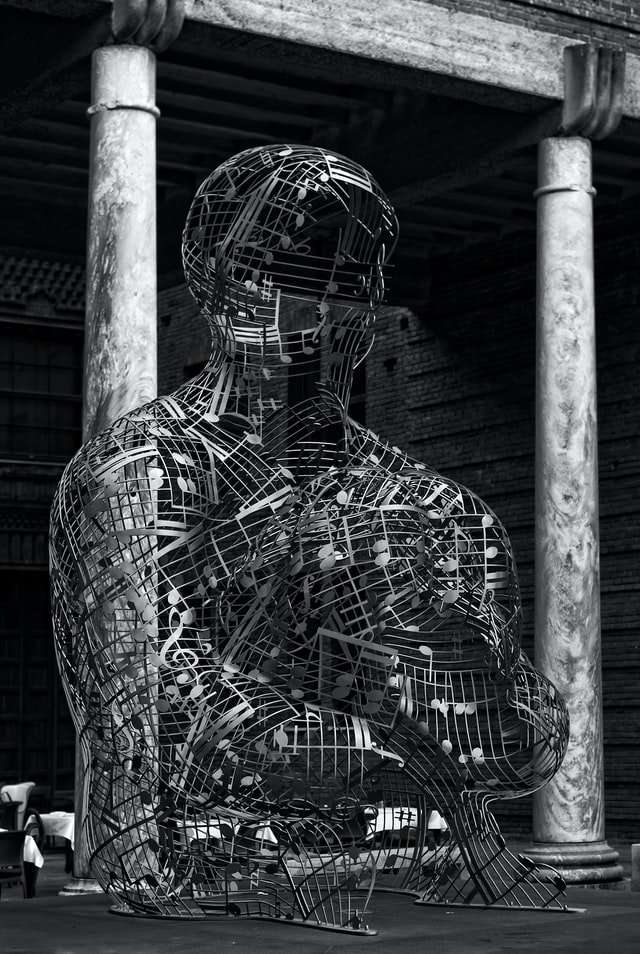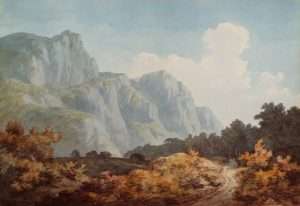Traditional art form, Digital Art is becoming a very popular form of art.
Great Art Movements/Artists: A blog detailing the most important reasons why these particular art movements are some of the best of all time.
Art and art movements are often underappreciated, whether it is because the art of a particular time period isn’t considered relevant anymore or because people simply aren’t exposed to the art in question. Art history classes in school may not be up to par, and those that are have their own biases.
The great thing about the internet is that it has made the world more accessible to everyone. We don’t have to rely on teachers or curators to give us exposure to art; we can find it online, on our own.
In this blog I hope to provide a list of the greatest artistic movements of all time. These will be determined by their influence and importance as well as how interesting or complex they are. It’s not enough for something to be influential just because everyone copied it, but it should also be interesting and popular enough so that it was worth copying.
There is no one way to define an ‘art movement,’ but for the purpose of this blog it will be defined as a group of artists who were active at roughly the same time working in similar styles and responding to similar ideas. They will also be responsible for influencing or creating other art movements, which will also be considered.
There are many different ways that artists can have an effect on
As time goes by, a new generation of artists will be inspired to take the art form to new heights. Soon, the digital art movement will become a part of art history, and great digital artists will be compared to the masters of other famous movements.
But what makes an art movement truly great? Is it the techniques that are used? The legacy left behind? Or is it just a matter of how well an artist captures the imagination of viewers across different generations?
The art world is constantly evolving as new techniques are developed and old ones forgotten. New artists continue to emerge, developing their own styles and influences that shape the future direction of art. As time passes and things change, we can see how what began as a unique movement has come to be considered as “art history.”
I’ve spent years looking at a lot of art. I’ve been to many museums and galleries. I’ve interviewed dozens of artists, critics and historians. And I’ve written about art for over a decade.
With all that experience, I can tell you that there are plenty of great pieces that still puzzle me. What were the artists trying to say? Why did they choose those colors or subjects? How was that specific brushstroke intended to affect the viewer?
One thing I know for sure is this: the answers to those questions are rarely obvious. And they’re never simple. That’s what makes them so fascinating!
There are a lot of rules out there about what constitutes “good” art or whether certain movements or styles should be considered “great”. But rules like these are silly and counter-productive. There is no such thing as a single, universal definition of “good” or “great”. Art is too complicated and human beings too varied for that kind of broad stroke categorization to work.
And with movements like Futurism, Surrealism, Abstract Expressionism and Minimalism that are difficult to pin down in the first place, it gets even more complicated. These groups of artists were reacting against everything their predecessors were doing, which makes
The Impressionism art movement was launched in 1874 by Camille Pissarro, an artist who was born on the Caribbean island of St Thomas, and who had immigrated to France in 1870. One of the major influences on Impressionists painters such as Claude Monet, Camille Pissarro painted a famous picture called “Boulevard des Capucines,” which was exhibited at a Paris gallery in 1874.
The painting is a portrait of people walking along the Boulevard des Capucines, with a view of the Opéra Garnier in the background. The painting was very different from what other artists were doing at the time; indeed, it looked nothing like paintings of the previous century. Instead of using detailed brush strokes to depict their subjects, Impressionists painters used quick brush strokes to depict their subjects and usually painted their subjects in bright colors.
Other major figures who helped spread the impressionist style included Edgar Degas and Mary Cassatt. Degas began exhibiting his impressionist works as early as 1864, and Mary Cassatt began showing her own impressionist paintings at exhibitions in 1877. She would become one of the most celebrated female artists of all time, known for her portrayals of mothers and children; she also
From the Renaissance to the Industrial Revolution, art was all about religious leaders and popes and their wealthy patrons trying to depict stories of gods, religious figures and people in a way that would be both appealing and also convey the message they intended. This art was very formal in its structure.
The Impressionist movement started around 1872 when artists wanted to show things how they really looked, not how they were supposed to look. Claude Monet was one of the founders of this movement.
The Impressionists were reacting against the strict formality of the traditional artistic methods of that time. They didn’t want to paint something as a close up or long shot; instead they wanted everything in between these two views.
The Impressionist movement is all about light and color. The Impressionists showed us how beautiful all the colors surrounding us can be when we let some light in on them!
Impressionism was so popular because it was bright and colorful, but also because it brought a whole new meaning to painting. It’s simplicity and beauty attracted many artists and earned it a large following.
The Renaissance is said to have been a rebirth of classical culture. The term “renaissance” means “rebirth”. This period was very important for the development of art and literature. The development of the renaissance was due to the rediscovery of classical culture and the invention of printing, which allowed the mass production of books.
The Renaissance is divided into two parts: Early Renaissance, which lasted from 1400-1475 and Late Renaissance from 1475-1550. Both of these periods were characterized by a return to classical culture and the explosion of art that came about as a result of it. The earliest Renaissance artists were concerned with recovering the knowledge that had been lost during the Middle Ages. They looked to classical sources as a model for their work.
This can be seen in works like Botticelli’s Venus and Mars where he learned perspective from ancient Roman murals. Also Michelangelo used ancient sculpture as a model for his sculptures. These artists also studied Roman architecture which heavily influenced their paintings and sculptures.*


